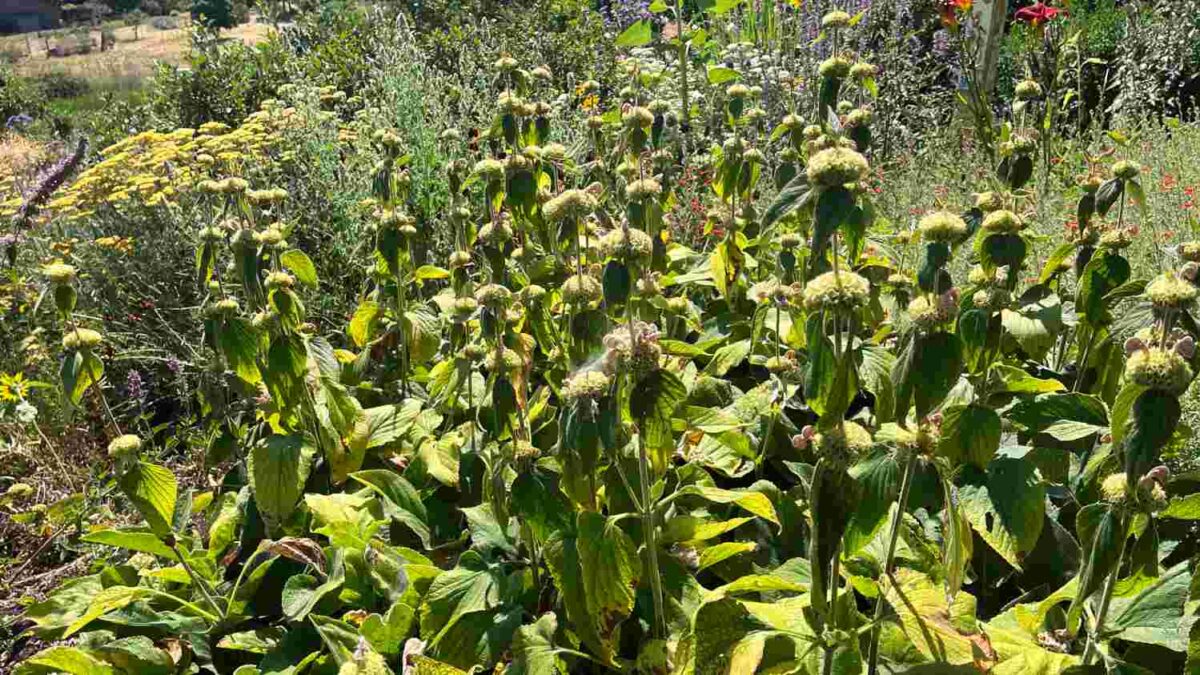Sure, here is a unique article with more than 500 words on “when and how to prune Jerusalem sage”, including subheadings:
When to Prune Jerusalem Sage
Jerusalem sage (Phlomis fruticosa) is a hardy perennial shrub that can grow up to 6 feet tall and wide. It is native to the Mediterranean region and is known for its long-lasting, fragrant flowers.
Jerusalem sage can be pruned at any time of year, but the best time to prune is in late winter or early spring, before the plant comes out of dormancy. This will help to encourage new growth and promote flowering.
If you live in a cold climate, you may want to prune Jerusalem sage in the fall to protect it from winter damage.
How to Prune Jerusalem Sage
To prune Jerusalem sage, use sharp pruning shears or a saw. Cut back the stems to within a few inches of the ground. You can also thin out the plant by removing any dead, diseased, or crossing branches.
If you want to keep Jerusalem sage in a compact shape, you can prune it more often. Just be careful not to prune too much, as this can stress the plant.
Benefits of Pruning Jerusalem Sage
There are several benefits to pruning Jerusalem sage. Pruning can help to:
- Encourage new growth
- Promote flowering
- Keep the plant healthy and vigorous
- Retain a desired shape
- Prevent the plant from becoming too large or leggy
How to Deadhead Jerusalem Sage
Deadheading is the process of removing spent flowers from a plant. This encourages the plant to produce more flowers.
To deadhead Jerusalem sage, simply pinch off the spent flowers with your fingers. You can also use a pair of sharp scissors or pruning shears.
Deadheading Jerusalem sage should be done regularly throughout the growing season. This will help to keep the plant looking its best and encourage more flowers.
Conclusion
Jerusalem sage is a beautiful and easy-to-care-for plant. With regular pruning, you can keep it looking its best and encourage it to produce more flowers.
Here are some additional tips for pruning Jerusalem sage:
- Use sharp pruning shears or a saw to make a clean cut.
- Cut back the stems to within a few inches of the ground.
- Thin out the plant by removing any dead, diseased, or crossing branches.
- If you want to keep Jerusalem sage in a compact shape, you can prune it more often.
- Deadhead Jerusalem sage regularly throughout the growing season.
With a little care and attention, you can enjoy your Jerusalem sage for many years to come.

